Good for you.
Good for the planet.
Good for you.
Good for the planet.
Pollinator Corridor
Temalpakh’s Farm Pollinator Corridor is a specially designed habitat that provides a continuous network of flowering plants to support essential pollinators like bees, butterflies, and birds. These corridors create safe, food-rich pathways, helping pollinators move through urban and rural landscapes while ensuring biodiversity. By connecting fragmented habitats, Pollinator Corridors play a crucial role in sustaining healthy ecosystems, improving plant reproduction, and promoting environmental resilience.
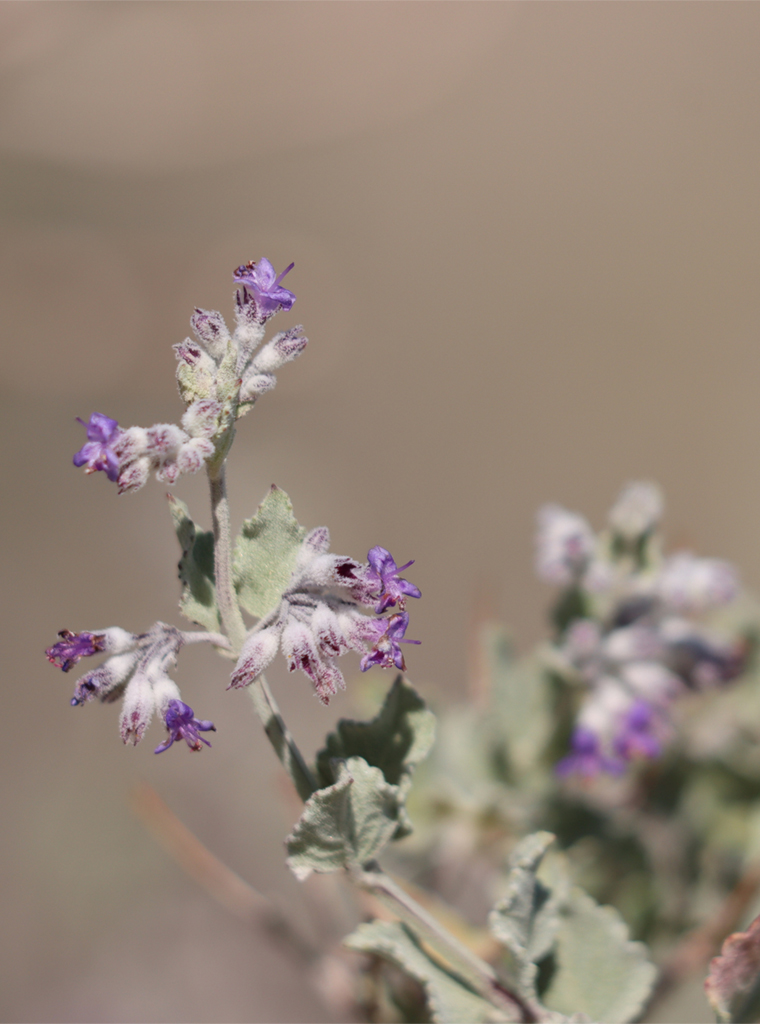
Desert Lavender (Hyptis Emoryi)
Plant Type: Shrub
Common Name: Desert Lavender
Exposure: All-day sun, drought resistant
Cahuilla Name:
Highly adapted to hot desert climates, Condea emoryi (Desert Lavender) is a pleasantly fragrant, multi-stemmed evergreen shrub boasting silvery gray, rounded leaves with scalloped and toothed edges. A profusion of tiny blue-violet flowers packed into short terminal and axillary spikes are on display from mid-winter to late spring.
Desert Lavender emits a wonderful lavender fragrance when brushed or following rains. A favorite of bees and butterflies, Desert Lavender is a gardener’s dream: it requires little water, little maintenance, is heat and drought-tolerant, and produces colorful flowers over a very long season. Desert Sage is perfect for xeric and desert landscape settings. The leaves are used to make herbal tea.
- Grows up to 6-10 ft. tall and wide (180-300 cm).
- Enjoys full sun in dry, sandy, or gravelly, sharply-drained soils. Drought tolerant once established but looks better with irrigation. Tolerates summer water up to once per month.
- Very useful and adaptable in the garden, it is trouble-free and easy to grow. Makes an attractive accent in borders, butterfly gardens, or desert gardens. Can also be grown as an informal hedge.
- Deer resistant.
- Prune to control shape and size in summer or fall.
- Propagate from seeds or softwood cuttings.
- Native to Arizona, Nevada, California, and northwestern Mexico in Sonora and Baja California.
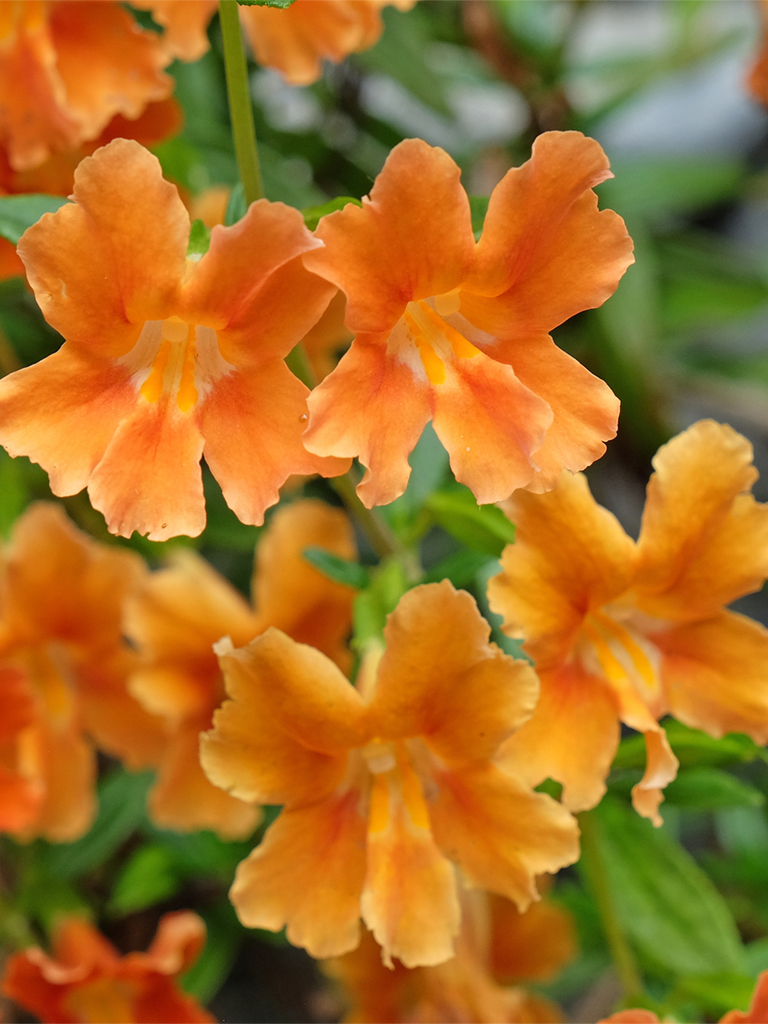
Bush Monkey Flower
(Mimulus aurantiacus)
Plant Type: Shrub
Common Name: Sticky Monkey Flower
Exposure: Full to partial sun
Cahuilla Name:
A colorful southern Oregon, California, and Baja California native, award-winning Mimulus aurantiacus (Bush Monkey Flower) is a bushy evergreen shrub with narrow, lanceolate, dark-green leaves typically 2-3 in. long (5-7 cm) on very sticky stems and flowering stems that grow vertically. Trumpet-shaped, the exuberant flowers, 1.2 in long (3 cm), are tubular at the base with five broad lobes. They bloom profusely over a long season extending from spring through summer. They occur in a variety of shades, including salmon-orange, yellow, or orange-red.
Bees and hummingbirds pollinate them. Bush Monkey Flower is an ideal garden companion, adding exoticism and a Mediterranean feel.
- Winner of the prestigious Award of Garden Merit of the Royal Horticultural Society for its noteworthy qualities.
- Grows up to 3-4 ft. tall (90-120 cm) and 3 ft. wide (90 cm).
- Best in full sun or part shade in well-drained soils. Tolerant of difficult soils if adequate drainage is provided. Drought tolerant once established.
- A great choice for beds and borders, rock gardens. Lovely on a stone wall for a cascading effect.
- Deer resistant.
- Deadhead to increase flower production. Pinch back new growth in spring to maintain a more compact form.
- Propagate from seed or cuttings
- Native to southern Oregon, California, and Baja California.
- Mimulus owe their common name to the shape and colors of their flowers that suggest “mime” (Latin
“mimus”) a monkey’s face.
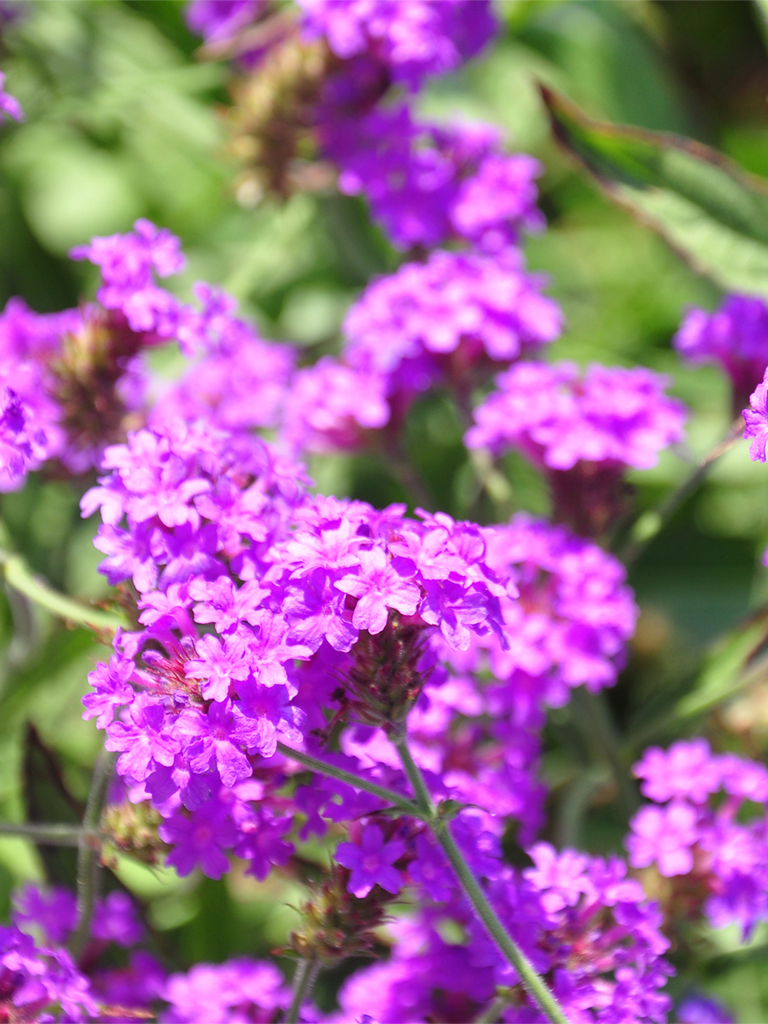
Verbena (Verbena x hybrida)
Plant Type: Flower
Common Name: Garden Verbena
Exposure: Full Sun
Cahuilla Name:
Creating a brilliant display, Glandularia bipinnatifida (Prairie Verbena) is a sprawling perennial or sub-shrub forming a low mat of deeply divided gray-green foliage. Each leaf is marked by deep lobes, each of which is lobed too. In spring and early summer, rounded clusters of pink, lavender, or purple flowers bloom over the foliage, almost covering this ground-hugging plant. Flowering continues through the summer and there is often a second flush of flowers in late summer and fall. The nectar-rich flowers are a feast for the butterflies. Blooming its heart out over a long season, Prairie Verbena is very drought tolerant and perfect for the waterwise or sunny perennial garden. It makes a fine small-scale groundcover and looks equally at home in the rock garden where it adds a nice patch of color. This durable southwestern native is also an excellent addition to wildflower or prairie plantings. Its mat-forming habit makes it a great choice for erosion control on rocky slopes.
- Grows up to 6-12 in. tall (15-30 cm) and 12-36 in. wide (30-90 cm). Will self seed readily in ideal growing conditions.
- Performs best in full sun, in average, dry to medium, well-drained soils. Excellent drainage is important.
Hardly needs irrigation to survive once established. - Great candidate for borders or rock gardens and provides a stunning effect when planted en masse.
Attractive as a ground cover or along walkways and paths. - Easy to grow, deer resistant, this low maintenance plant is also drought tolerant.
- Propagate from fresh seeds, basal stem cuttings.
- Native to the United States, from California to Georgia, north to South Dakota, Mexico.
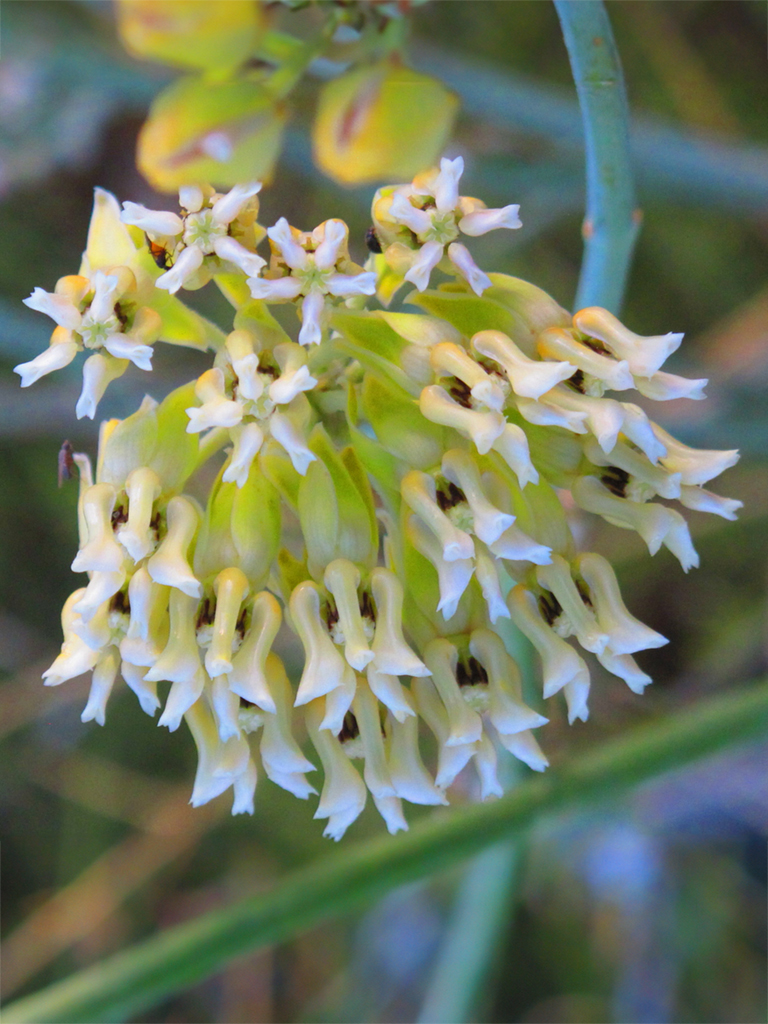
Rush Milkweed
(Asclepias subulata)
Plant Type: Herb
Common Name: Milkweed
Exposure: Full sun
Cahuilla Name: Kivat or Kiyal
Great for attracting pollinators
Adding vertical lines to the landscape, Asclepias subulata (Rush Milkweed) is an evergreen perennial forming a striking bouquet of ascending, gray-green, succulent stems. The stems bear small linear leaves, 2 in. long (5 cm), only after rain, and are naked the rest of the time. From mid-spring to winter, small clusters of creamy-white flowers with reflexed corollas are borne at the stem tips. Opening from creamy yellow buds, they are a great nectar source for bees, butterflies, and other pollinating insects. They are also a larval food source for the caterpillars of the monarch and queen butterfly species. The blossoms give way to narrow, smooth, glabrous pods that open to release their white-plumed seeds. Native to the Southwestern U.S., this perennial wildflower is drought and heat-tolerant. It makes an attractive desert landscape plant with its interesting shape and unusual flower clusters that attract butterflies and other insects. Rush Milkweed is the only evergreen milkweed native to the U.S.
Milkweed plants are critical to monarch butterflies’ survival, whose population in North America has plummeted by 90% in the last 20 years. By planting milkweed in your own garden, you can help reverse the fortune of these beautiful insects!
- Grows up to 2-4 ft. tall and wide (60-120 cm).
- Thrives in full sun in sandy, well-drained soils. Water infrequently to occasionally. Drought tolerant once established. Shade tolerant under desert conditions.
- A vital ingredient of butterfly gardens. Perfect for the sunny dry garden.
- No serious pest or disease issues.
- Propagate by seed or stem cuttings.
- This plant is slightly poisonous and its sap is a skin irritant.
- Toxic to dogs, toxic to cats, toxic to horses.
- Native to California, Arizona and Nevada, northern Mexico.
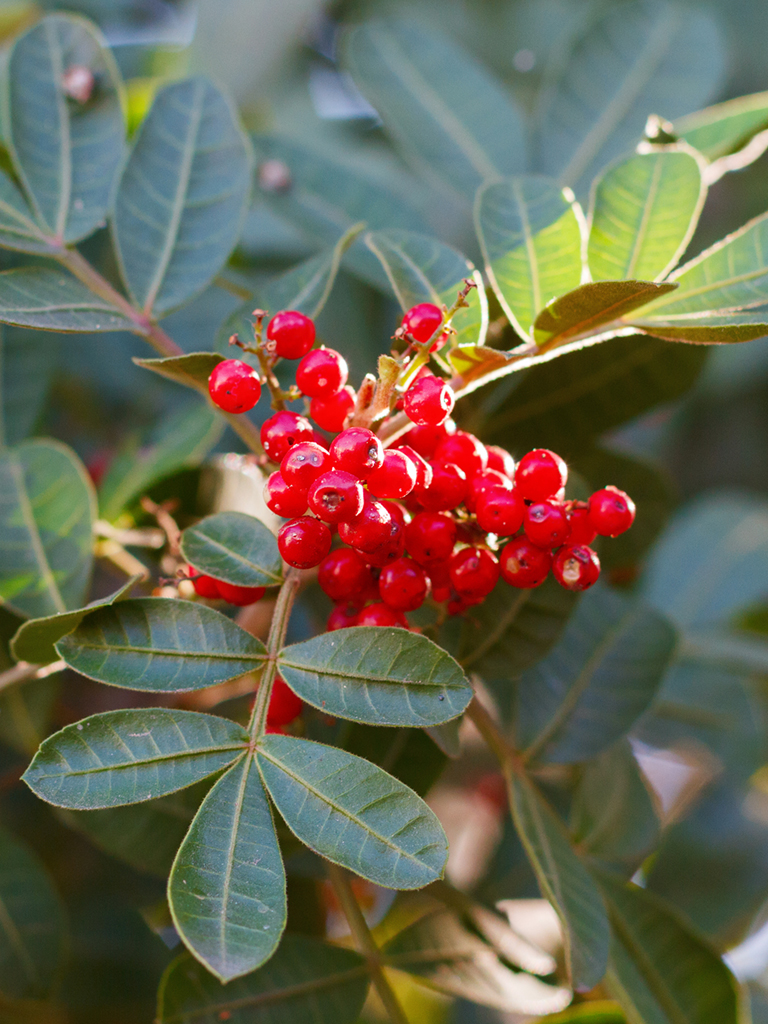
Christmas Berry
(Heteromeles arbutifolia)
Plant Type: Shrubs, Trees
Common Name: Toyon, Christmas Berry
Exposure: Full Sun, Partial Sun
Cahuilla Name: Aswet
Prized for its foliage, flowers, and berries, Heteromeles arbutifolia (Toyon) is a handsome evergreen shrub or small tree with a rounded crown clothed with rosettes of leathery, sharply toothed, dark green leaves, 2 in. long (5 cm). Blooming profusely in summer, small white flowers appear in terminal flat-topped clusters. They attract butterflies and other insects and have a mild, hawthorn-like fragrance. Shining against the foliage, they are followed in fall and winter by great quantities of pea-sized bright red berries, which persist well into the winter and are popular for Christmas decorations. The berries are relished by birds and small mammals and used to be cooked and eaten by Native Americans. A handsome shrub worthy of inclusion in the landscape, as a screen or hedge. Since it is fire retardant when given enough moisture, it can be planted near houses. A most beautiful California native that is easy to grow.
- Usually grows up to 6-8 ft. high (180-240 cm) and 4-5 ft. wide (12-150 cm) but can reach 15-25 ft. tall (450-
750 cm) and 8-15 ft. wide (240-450 cm) over time. - A full sun to part shade lover, this plant is easily grown in poor, dry, well-drained soils. Adaptable, it can handle a wide variety of soils, including clay, sand, and serpentine. Water twice per month in summer after the plant is established. Drought tolerant after the first few years, but looks better with moderate irrigation.
* Perfect for banks and slopes (erosion control), as a specimen or accent plant, and hedges. Great in Mediterranean gardens.
- Susceptible to fire blight, black mildew, scales and thrips, sudden oak death, armillaria, and root rot.
- Propagation by seed, but germination is slow.
- Berries contain cyanide compounds and are poisonous to humans if eaten in large quantities. All parts of Heteromeles arbutifolia contain cyanogenic glycosides, which are toxic to horses. The toxicity level varies on the stage of growth and part of the plant. Toxins are highest during the new growth of leaves and immature fruits.
- Native to California.
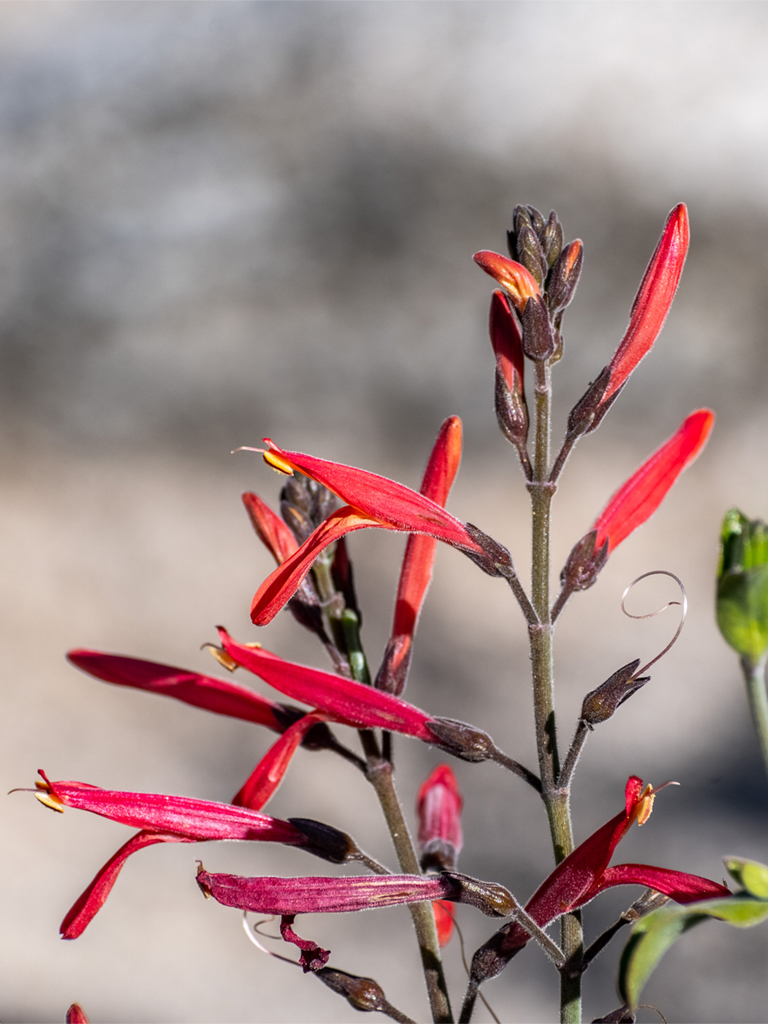
Chuparosa (Justicia californica)
Plant Type: Shrub
Common Name:
Chuparosa/Hummingbird Bush
Exposure: Full sun
Cahuilla Name: Pisily
Native to the deserts of southern California, Arizona, and northern Mexico, Justicia californica (Chuparosa) is a semi-evergreen or deciduous shrub with arching branches clad with sparse gray-green, succulent leaves. It is summer deciduous, but will retain most of its foliage if irrigated. In spring and throughout the year with ample water, a profusion of bright to deep red tubular flowers (sometimes yellow) occur in short, axillary racemes.
Resembling firecrackers, the flowers, 1.5 in. long (4 cm), are rich in nectar and particularly attractive to hummingbirds. Chuparosa makes an excellent landscape plant. It is a must for hummingbird gardens and an excellent accent shrub for desert gardens. This desert plant may freeze to the ground in colder locations, but it usually grows back.
- Grows up to 3-4 ft. tall and wide (90-120 cm). Ultimate size and vigor depends on the amounts of supplemental water provided.
- A full sun lover, this plant is best grown in sandy, dry, dry rocky soils. Drought tolerant once established.
- Great for hedges, hummingbird gardens, bird gardens, bee gardens and desert gardens.
- Propagate by seed. Will self-seed in a desert garden.
- Generally pest and disease free.
- Native to Arizona, California, Mexico.
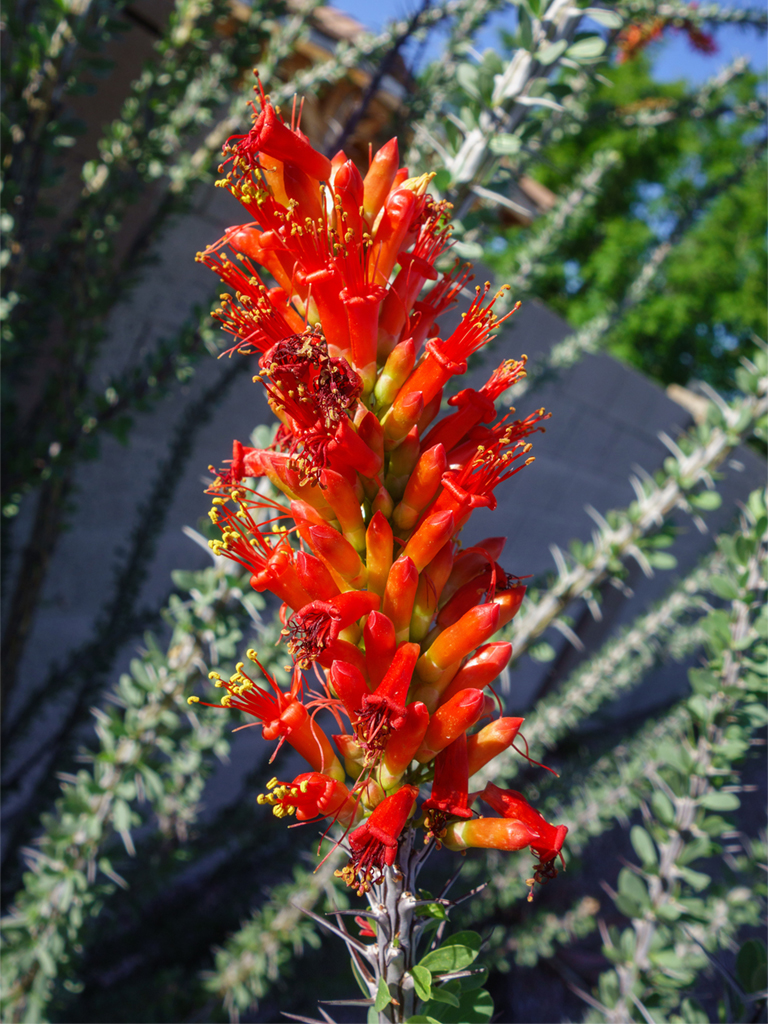
Ocotillo (Fouquieria splendens)
Plant Type: Shrub, Cactus and Succulents
Common Name: Ocotillo
Exposure: Full Sun
Cahuilla Name: Utush
Ocotillo is a unique and visually striking plant prized for its long, spindly, cane-like stems that rise from a central base. It creates a distinct, almost sculptural appearance in the landscape. It is not a true cactus but belongs to its own unique family, Fouquieriacee. It can live for over 100 years, and its ability to quickly grow leaves after rain is a remarkable adaptation to desert life.
Native: This plant is native to the Southwestern United States and Northern Mexico, thriving in desert and arid regions. Its range is from the southern tip of Nevada south through the Mohave and Sonora deserts of California to Arizona and east to the Chihuahua Desert of New Mexico and western Texas, south into Mexico to the state of Durango.
Plant Type and Habit: Ocotillo is a woody desert shrub of vase-shaped habit with up to 100 long, thorny, wand-like, gray stems that rise and radiate from the crown – resembling a cluster of spiky wands reaching skyward.
Size: It typically reaches heights of 8 to 20 feet (2.4 to 6 meters) and can spread about 5 to 10 feet wide (1.5 to 3 meters). The plant’s size can vary depending on environmental conditions.
Flowers: Ocotillo produces brilliant red or orange tubular flowers at the tip of its stems. These flowers are small but numerous, forming a flame-like appearance when in full bloom.
Bloom Time: The flowering season is primarily in spring, but ocotillo can bloom multiple times, especially after rainfall. After flowering, it produces a hard, five-lobed fruit that is not particularly notable or ornamental.
Foliage: The leaves are small, fleshy, bright green, and rounded, growing along the stems. They appear shortly after rainfall and can drop during drought conditions, with the plant capable of leafing out several times a year if moisture is available. With rainfall, the plant quickly becomes lush with leaves, which may remain for weeks or even months. The stems are grayish-brown, with older stems becoming more woody and rugged in appearance.
Uses: This desert plant is popular in xeriscaping and desert landscaping due to its unique appearance and low water needs. It’s also used as a natural fence or barrier because of its spiky stems.
Hardiness: Ocotillo is extremely hardy in desert conditions, suited for USDA zones 8 to 11.
Pollinators: The flowers are a significant nectar source for native bees and hummingbirds.
Toxicity: No significant toxicity is associated with ocotillo for humans or animals.
Deer and Rabbit: Ocotillo is generally resistant to deer and rabbits due to its spiny stems.
Drought Tolerance: It is extremely drought-tolerant, making it an ideal plant for arid environments and water-wise gardens.
Invasiveness: Ocotillo is not considered invasive. Its slow growth rate and specific habitat requirements limit its spread.
Benefits: Besides its low water needs and wildlife benefits, ocotillo can help prevent soil erosion and provide bird habitat.
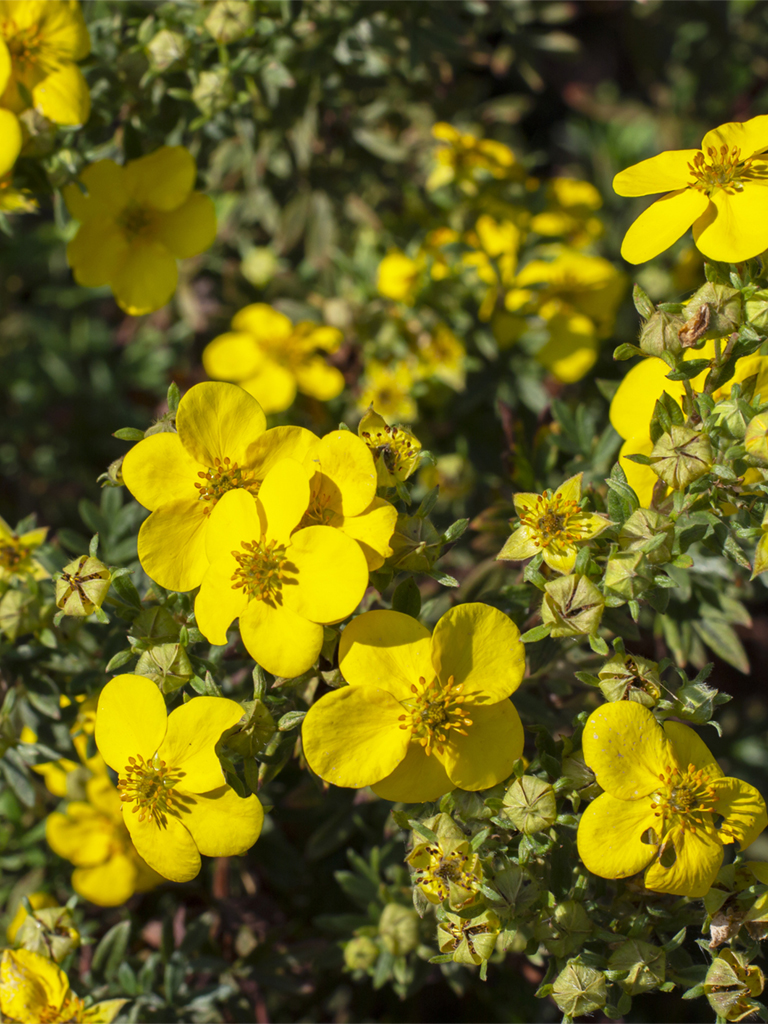
Brittle Bush (Encelia farinose)
Plant Type: Shrub
Common Name: Brittle Bush
Exposure: Full sun
Cahuilla Name: Ta’mal piykvish
Encelia farinosa (Brittlebush) is a medium-sized rounded shrub with brittle branches bearing long, oval, hairy leaves. Pale green in early spring, the foliage becomes velvety-white by summer. The sunnier and dryer, the whiter the leaves. Blooming in loosely branched clusters, a profusion of bright yellow daisy-like flowers, 2 in. across (5 cm), are carried on long stalks and hover well above the leafy stems. Rich in nectar, they attract bees and butterflies. Small birds are attracted to the seed heads. Both leaves and flowers are formed whenever the water relations are favorable. This can occur any time from November through May. Under extreme drought conditions, Brittlebush becomes dormant and the leaves are shed. A deep soak every few months is enough to cause a flush of blooms. Native to the southwestern U.S., Brittlebush is quite a sight to behold when it erupts with its splashy, brilliant yellow blossoms. Requiring only minimal care to look its best, this desert plant is a great choice for mixed borders or perennial beds in water-wise gardens. Its stems exude a fragrant resin that was used as incense in the churches of Baja California, hence the common name of incienso.
- Grows up to 2-4 ft. tall and wide (60-120 cm). Will reseed in the garden.
- Performs best in full sun, in sandy, rocky, well-drained soils. Water once a month in summer after the first year. It is drought tolerant.
- Great for banks and slopes (erosion control), native gardens, foundation plantings, desert restoration projects, desert flower gardens, or as a flowering accent.
- Generally pest and disease free. Root rot may occur in poorly drained soil.
- Cut back to near ground level in late spring.
- Propagate by seed or tip cuttings.
- Native to Arizona, California, Hawaii, Nevada, and Utah.
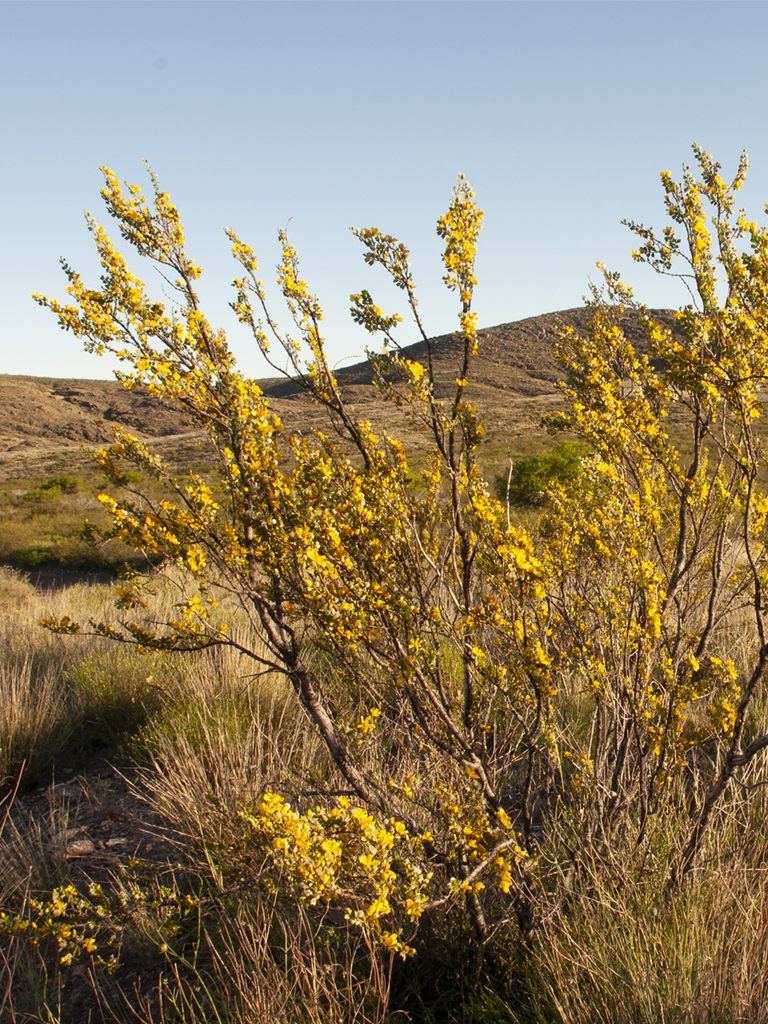
Creosote (Larrea tridentate)
Plant Type: Shrub
Common Name: Creosote Bush
Exposure:
Cahuilla Name: Atukul
Delicate and graceful in form, Larrea tridentata (Creosote Bush) is an evergreen shrub of open-branching habit with slender, erratic stems bearing tiny, resinous, dark green leaves composed of 2 leaflets. Very aromatic when wet, they perfume the air with an intriguing and refreshing desert aroma. A profusion of small, yellow, velvety flowers bloom on and off throughout the year. They are followed by fluffy seeds covered with shiny white or rusty hairs that facilitate wind dispersal. A dominant shrub in hot and dry desert areas, Creosote Bush is incredibly tolerant of drought, saline or alkaline soils. It reproduces by seed and also by sending up new shoots from the roots. A single creosote plant may live one thousand years (!) and form large rings of clones. Creosote Bush is a great choice for desert gardens or water-wise gardens. Use this desert plant as a screen or border hedge or in mixed plantings.
- Grows up to 48 ft. tall and wide (120-240 cm). Will grow taller and denser with water, but overwatering kills the plant.
- Performs best in full sun, in rocky, sandy or gravelly soils. Needs supplemental water once a month in summer. Drought tolerant.
- Great for waterwise gardens, foundation plantings, rock gardens.
- Attracts bees, butterflies and birds but is deer resistant. Keep an eye out for the Creosote Gall Midge.
- Lightly head back to encourage a more rounded growth.
- Propagate by scarified seeds soaked in water. Seeds germinate slowly.
- Native to California, Arizona, Nevada, Utah, New Mexico, Texas and Mexico.
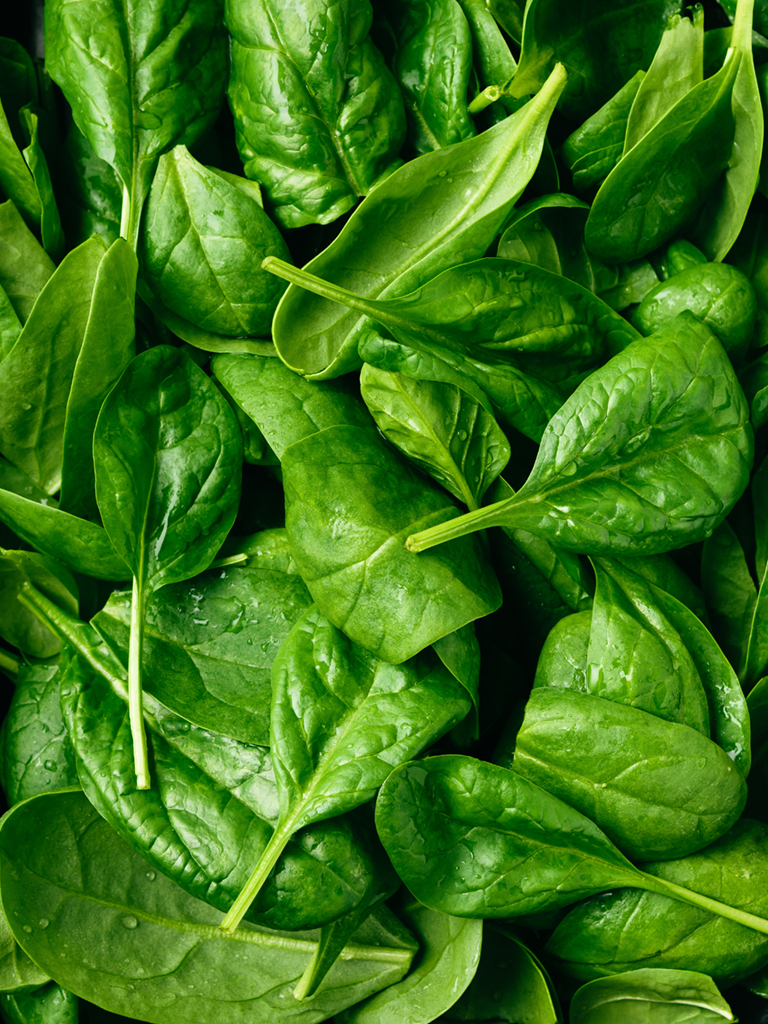
Spinach
Spinach is a rich and nutritious green leafy vegetable with vitamins A, C, K1, Folic acid, iron, and calcium. It can be eaten raw or cooked. It is fibrous, low in carbohydrates, and healthy!
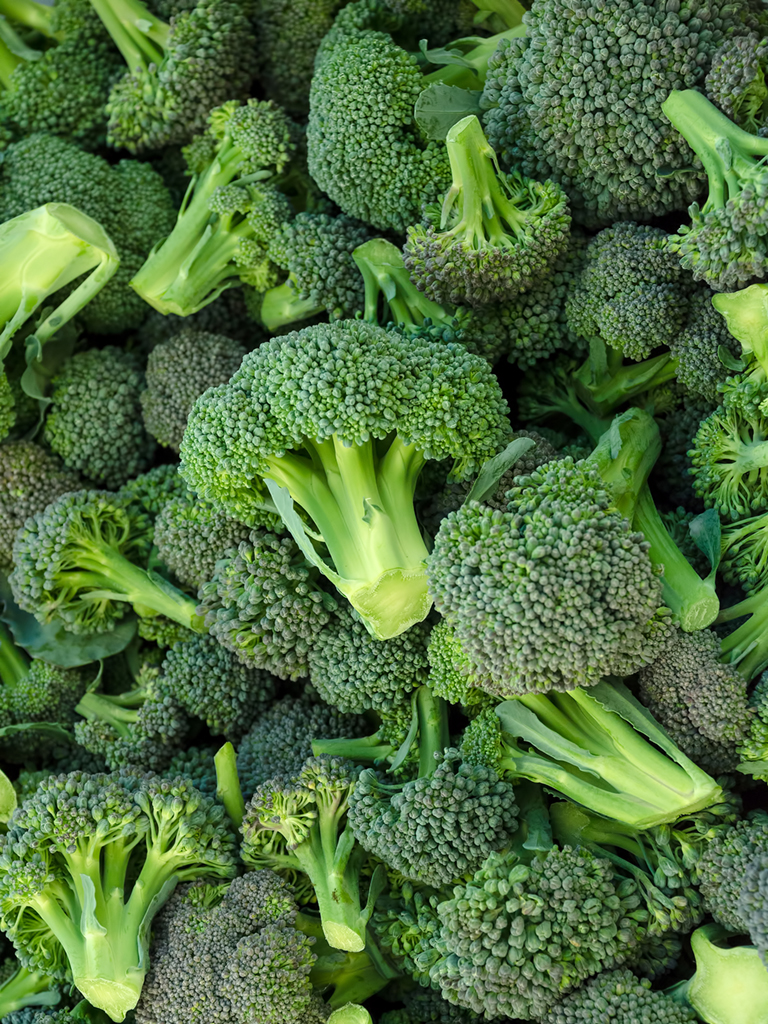
Broccoli
Broccoli is part of the cabbage family. It contains many vitamins and nutrients, such as Vitamins C and K1, Folate, Potassium, Manganese, and Iron. It is also high in fiber and suitable for your digestive system. You can eat Broccoli raw or cooked, which is low in calories!
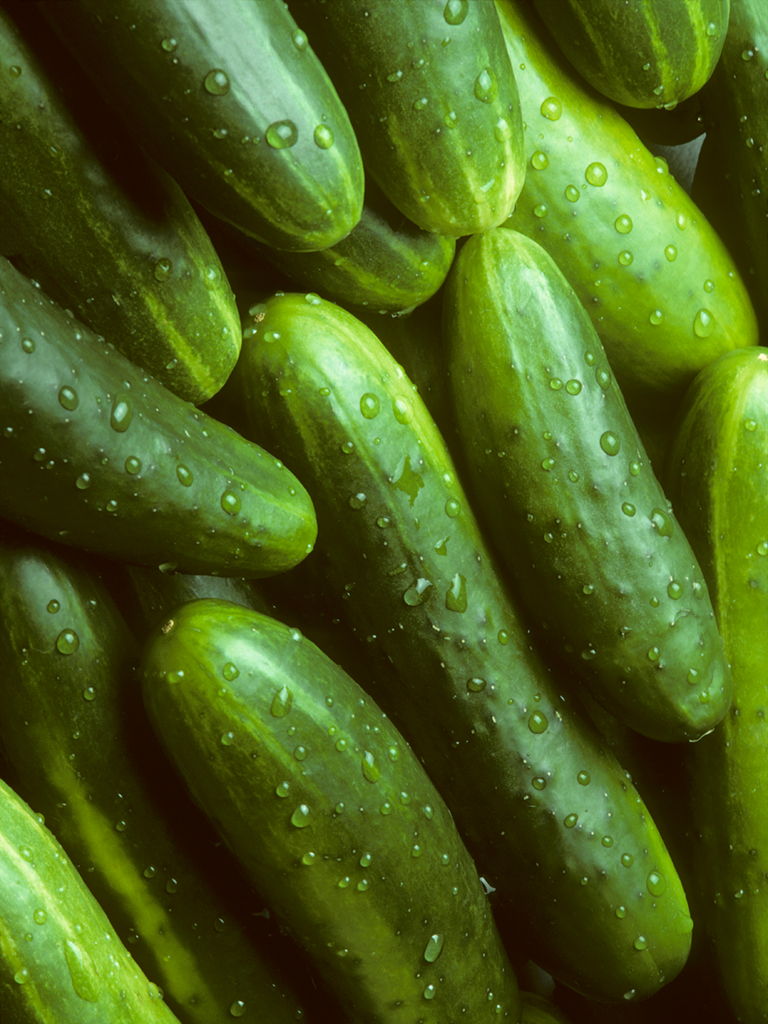
Cucumbers
Cucumbers are fruits and over 90% water. They can help relieve dehydration. Cucumbers also contain many vitamins and minerals, such as Vitamins A, C, and K, Potassium, Calcium, and more. Cucumbers can help you stay hydrated and calm and cool the skin! Wow!
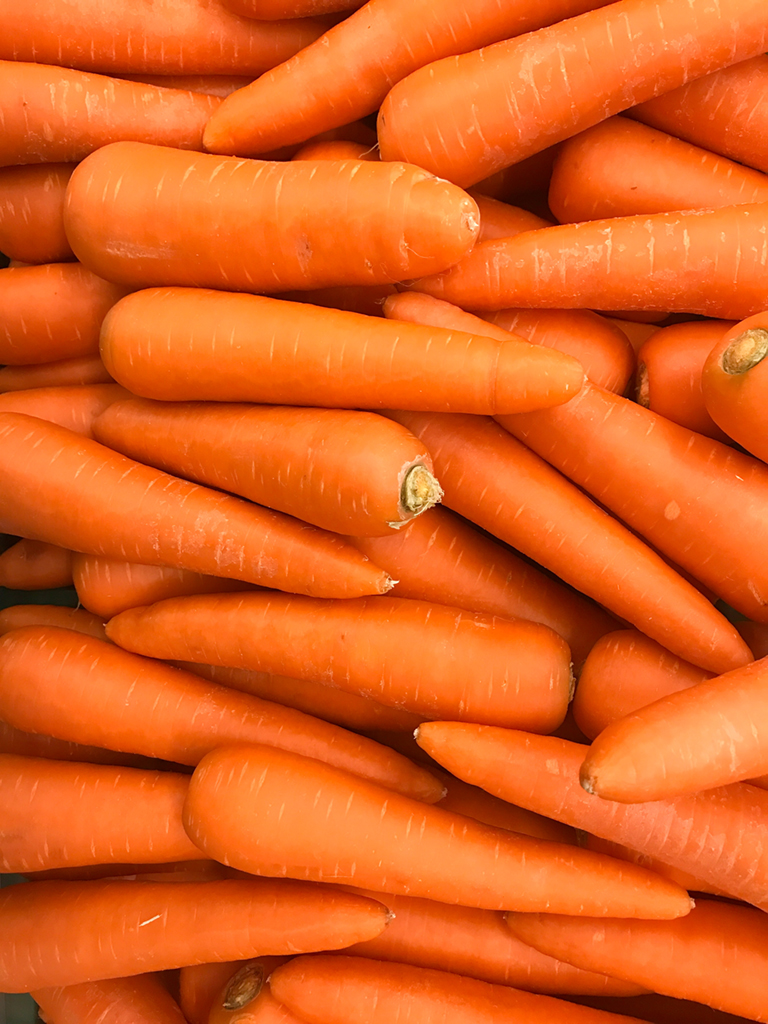
Carrots
Carrots are a root vegetable. They are a great source of Vitamins A (beta-carotene), B-6 (help turn food into energy), K-1 (bone health), Biotin, and Potassium. Carrots are suitable for your eyes. Did you know baby carrots are harvested while whole carrots are still small? And some baby carrots are produced from giant carrots cut to the size of a baby carrot!
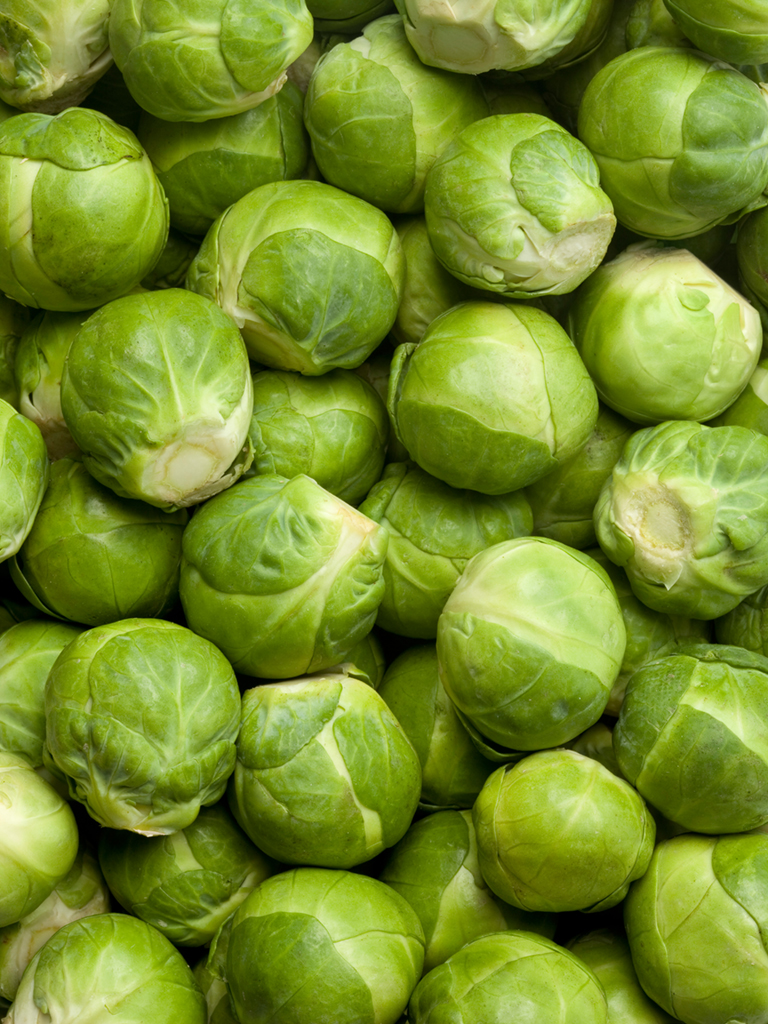
Brussel Sprouts
Brussels sprouts look like mini cabbages. They are a good source of vitamins and are high in fiber. The link below is great because it gives information on nutrients and vitamins in bell peppers.
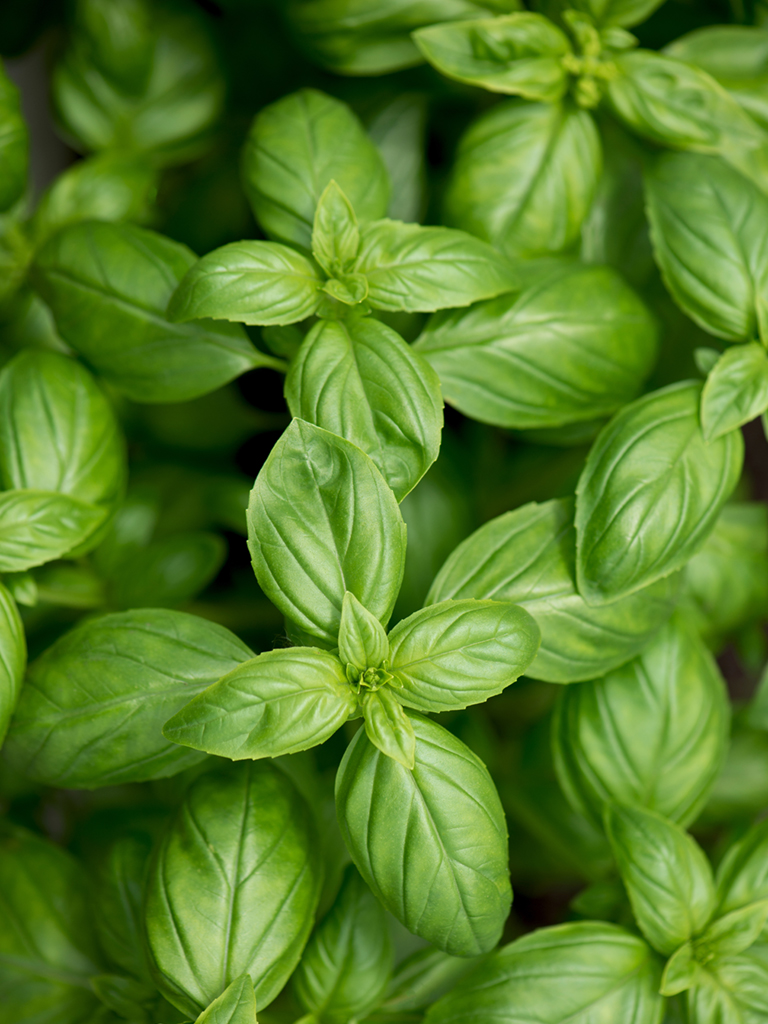
Basil
There are several varieties of Basil. Most people purchase basil for cooking. Basil does have some medicinal uses; however, more study is needed.
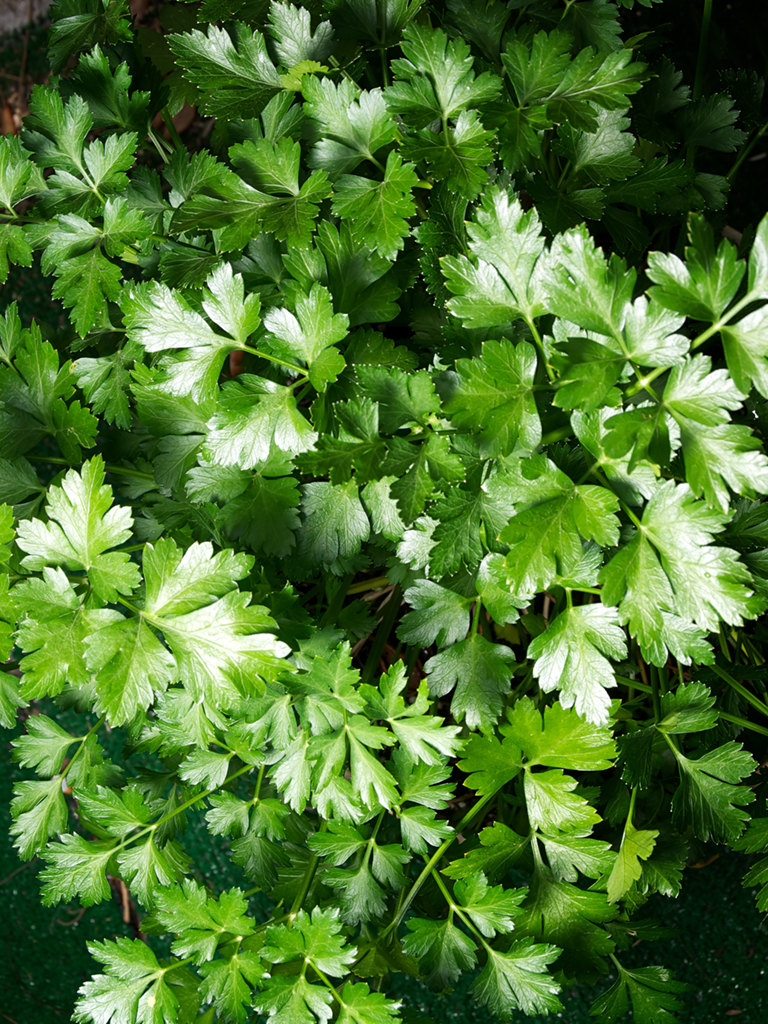
Parsley
There are several types of Parsley, but they all serve the same purpose. In the past, parsley was used for medicinal purposes to treat allergies, blood pressure, and inflammatory diseases. Today, it is often used as a cooking herb. Parsley is high in vitamins A, C, and K and contains Folate.
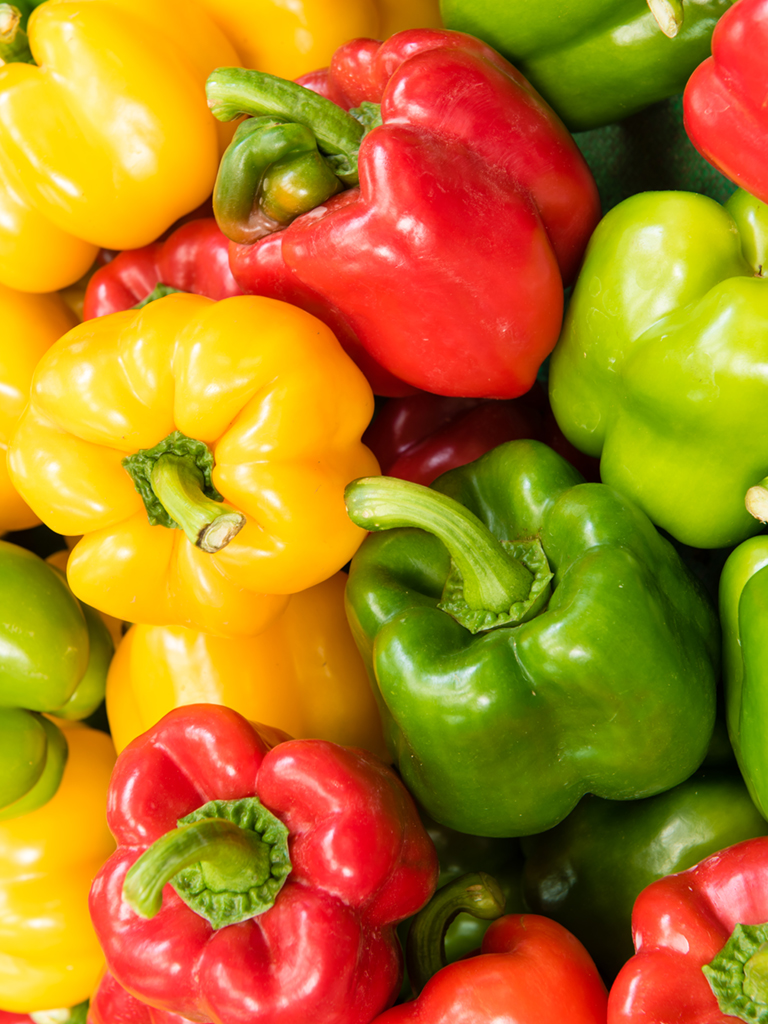
Bell Peppers
Did you know Bell peppers are considered a fruit? Like cucumbers, they are high in water content, but they are also a good source of vitamins and nutrients.
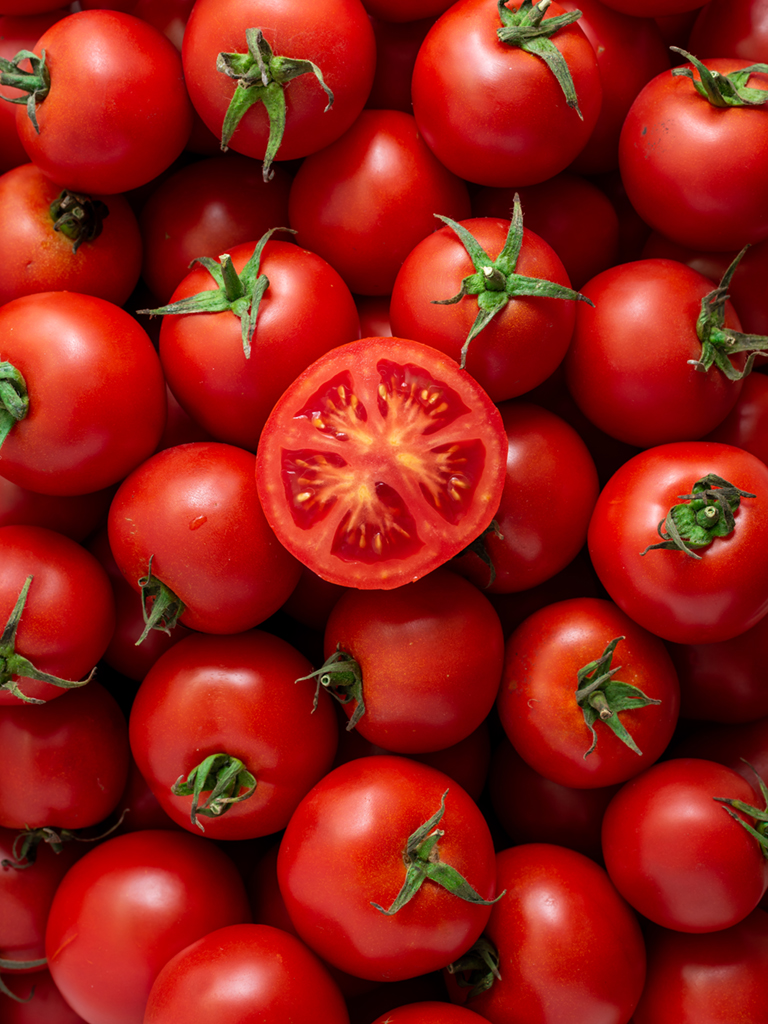
Tomatoes
There are several types of tomatoes, each with its own personality and different uses. Tomatoes are considered a fruit and contain antioxidants, vitamins, and minerals.
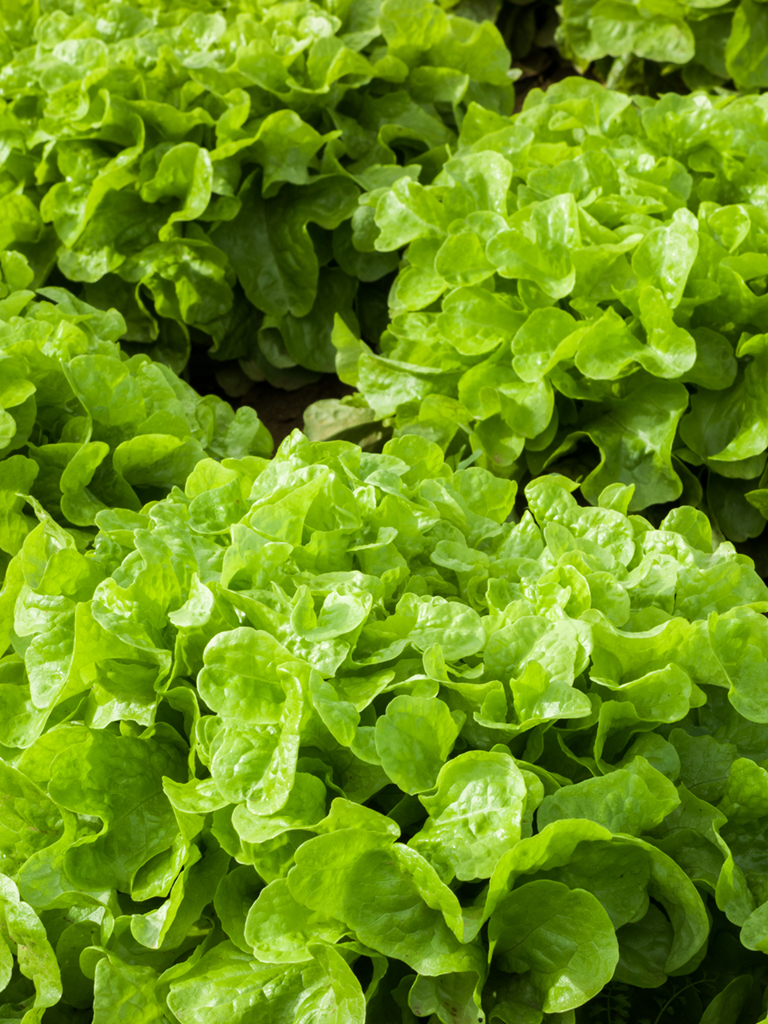
Lettuce
Lettuce is a vegetable that comes in several varieties. Most of us use it in salads or on hamburgers. The good thing is that lettuce is full of antioxidants and nutrients.
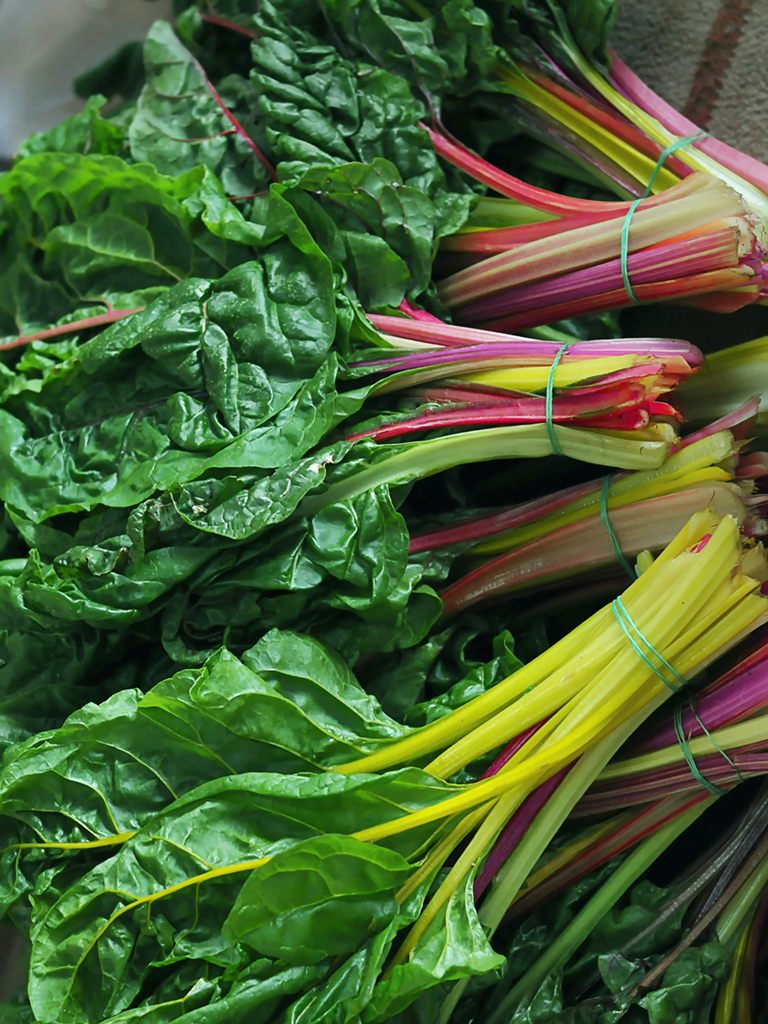
Chard
Chard comes in several varieties and is packed with nutritional value. It is known as a superfood and is also known as “Swiss chard or Silverbeet.”



